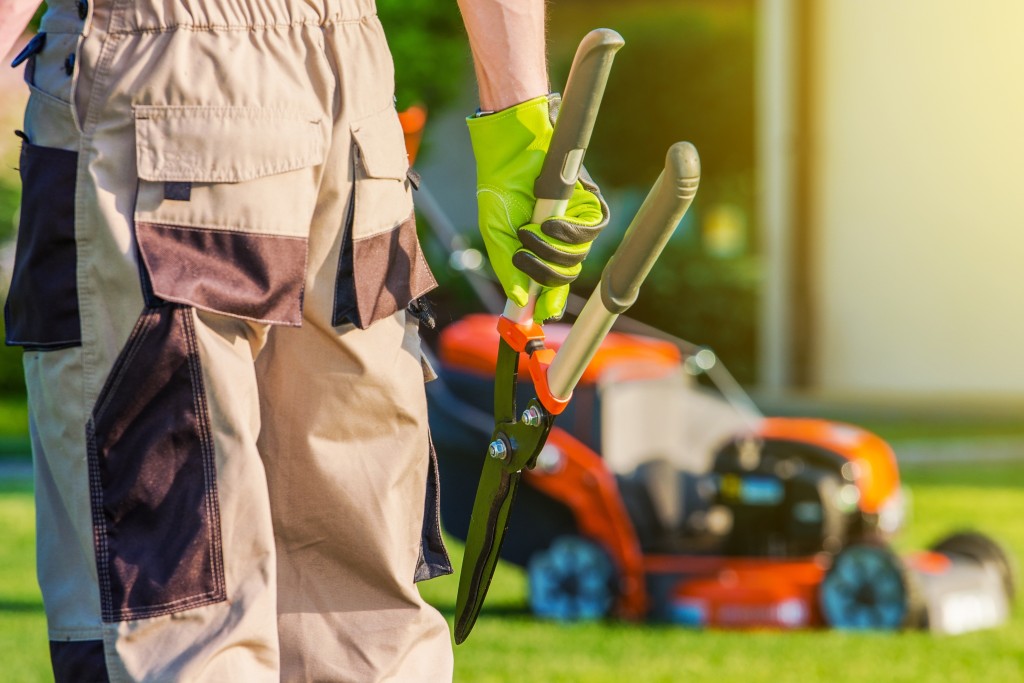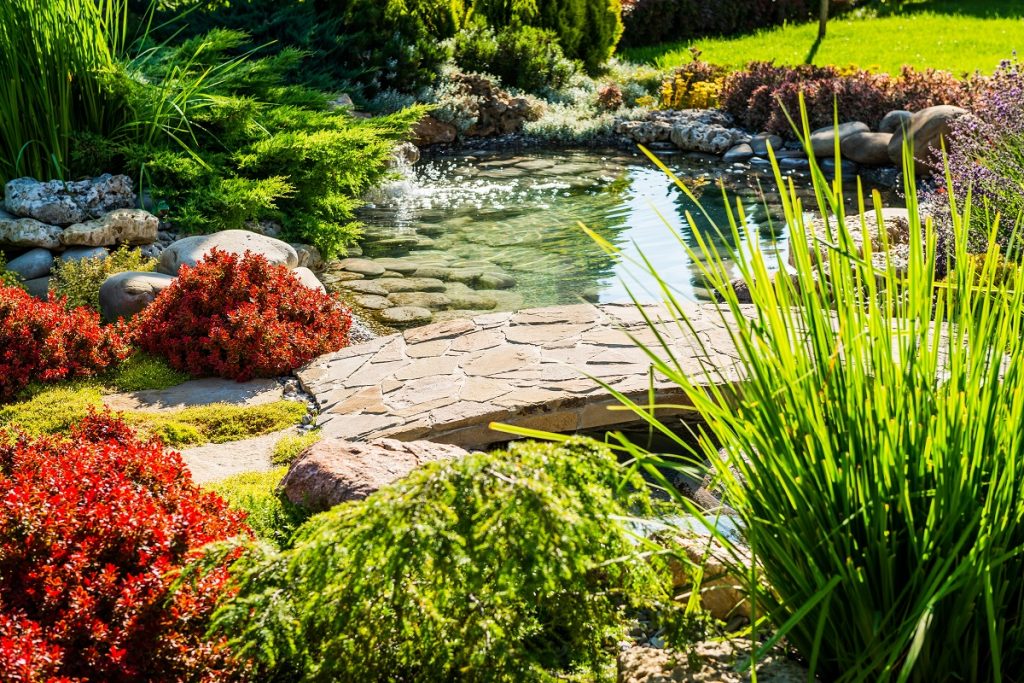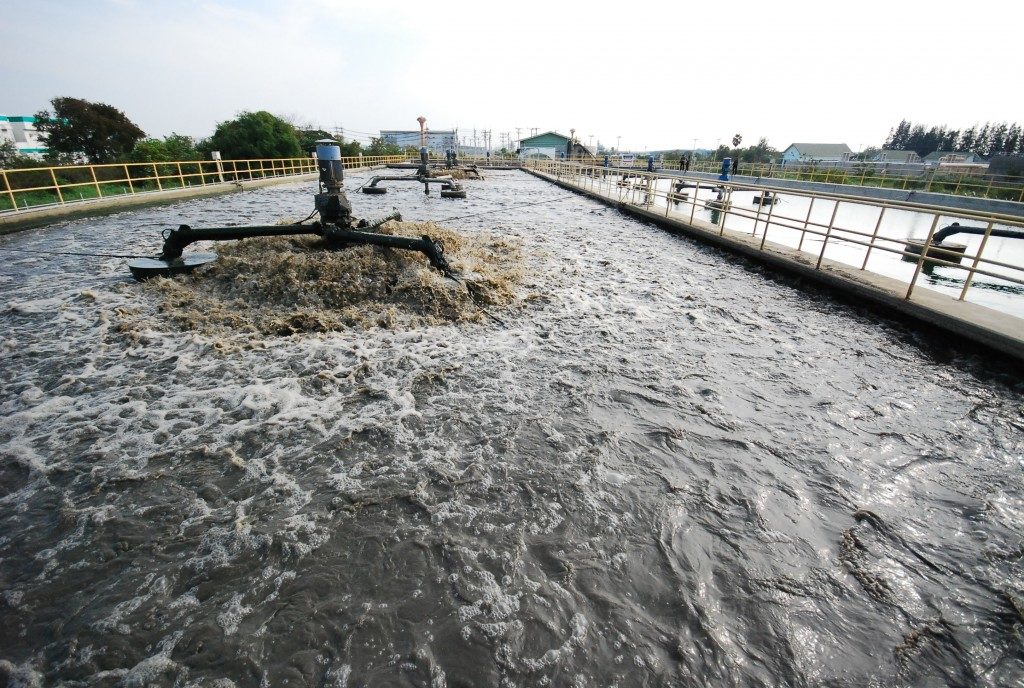Keeping your landscaping lush and green is one of the most satisfying activities, one that helps improve your home life, mood, and well-being. But to enjoy a landscape full of life and color, you’d need to consume copious amounts of water year-round. In the US alone, almost 9 billion gallons of water are used daily to irrigate lawns and gardens, accounting for a third of all residential water use.
While landscapes are essential in beautifying our communities and providing a habitat for wildlife, it’s important to account for their environmental impact. For example, in Eagle Mountain or any other city in Utah, most households are connected to a “secondary” plumbing system to irrigate lawns and gardens. However, not many households use this secondary water efficiently, making the state the biggest consumers of water in the country.
Fortunately, homeowners have many techniques and ways to conserve water while keeping their lawns and gardens healthy.
Check out some of these xeriscaping tips below:
1. Plan your landscape wisely
During the planning and designing phase, efficient irrigation should on top of the list. In addition to choosing the right sprinklers or drip irrigation system, make sure that you’ve laid down the permanent features and characteristics that would allow you to conserve water. First, identify zones ideal for planting based on characteristics such as sun exposure or shade, slopes, and direction of summer breezes, and so on. Then identify your watering zones. Shaded areas and naturally wet zones would require less water, making them an ideal spot to plant trees and shrubs. Meanwhile, sunlit areas with grass would require more water, so it’s best to limit planting in these zones as much as possible.
2. Improve your soil
If you’re starting your landscaping from scratch, it’s good to get your soil tested first. Healthy soil is the most important foundation for a water-wise and abundant garden. If the test results show your soil doesn’t have the proper balance of pH and nutrients, the next step is to improve it. First, plow the soil in your planting zones to break up compacted soil. This will allow your plants to develop deeper root systems which are essential for watering efficiency.

Then, mix in the right amount of organic compost and other natural soil conditioners as recommended in your area. As much as possible, avoid chemical fertilizers, especially in sloped areas, as rain will wash these chemicals away. Then give it a few weeks for organic material to grow and enrich your planting zones.
3. Install your irrigation system
Ideally, you should install your sprinklers and drip irrigation system first before you start planting. If you have a big yard with multiple planting zones, you may opt for manual or programmable sprinklers. Sprinkles are only wasteful if you don’t schedule and time your watering appropriately, so be sure to check sprinkler guides. Drip irrigation may be the best option for mulched garden beds. It allows for individual and direct soil watering, ensuring that water isn’t wasted on runoff and evaporation. And, of course, you can always use a garden hose as it gives you more control over how much water your plants will get. When hand watering, use a nozzle to control the flow.
4. Select the right plants
A water-wise garden uses plants that are well adapted to your area’s climate and soil type, as well as your property’s microclimates. There are dozens of beautiful plants to choose from, and they will do well in your yard if you put them in the right place. Check with your local nursery for information on suitable plants and their watering needs. It’s also good to group plants with similar water and sun/shade requirements.
5. Cut back on turf grass
Grass can be essential in keeping your yard look healthy and attractive. But turf grass can be notorious for hogging water and soil nutrients, which is why many homeowners resort to chemical fertilizers to keep them thick and green. The best way is to keep your turf areas to a minimum or create a slope so it doesn’t get soaked in water, as poor drainage is the biggest grass killer.
6. Watch the weather
A good rule of thumb is to schedule your watering according to the weather. Simply put, if the chance of rain is high for the next few days, turn off your sprinklers to avoid overwatering. It’s good to have a rain or soil moisture sensor in your yard. These tools shut down your irrigation system once they sense rainfall or high moisture.
The tips can still be useful even if you already have an established landscape. These simple techniques will not only do wonders for your water bills and your yard, but they will also help reduce your environmental impact.





